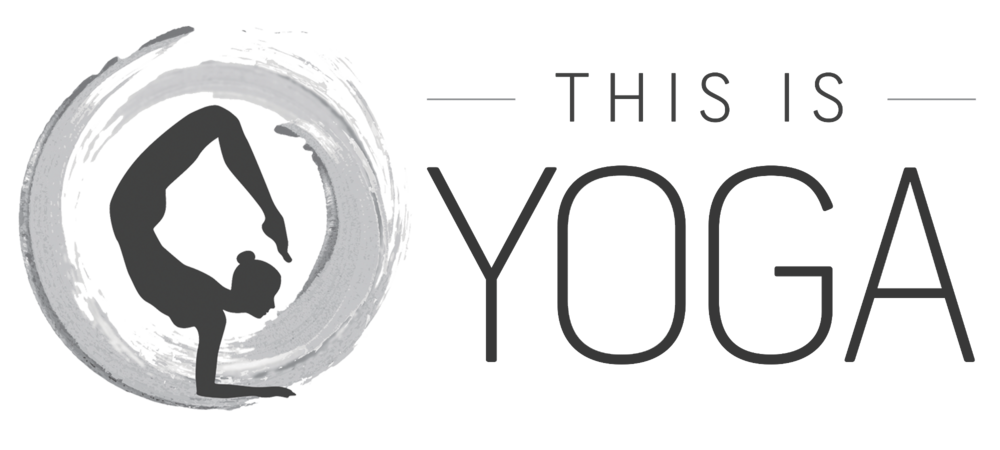Self-love. We all need more of it.
The teachings of yoga are big on self-love because of one spiritual truth: you cannot fully love others until you fully love yourself.
And why should we love ourselves? That’s what our ego so often asks. So much of the time we have very little self-compassion for our own vulnerabilities and fears.
But, these “negative” aspects of ourselves are merely part of being human. We come into this world as little innocents, afraid of nothing and curious about everything. It’s the experiences and traumas of life that create our fears and vulnerabilities.
We can use yoga and mantra meditation to see them for what they are, and cultivate self-love for ourselves so that we can live from our souls—our place of truth—free from fear and full of unconditional love.
Then we can help others do the same, by seeing them for who they are—spiritual beings in a physical body, riding the ups and downs of this roller coaster called life.
All that said, how do we cultivate more self-love?
One effective way is through the profound practice of mantra meditation. Mantra specifically designed to cultivate self-love are some of the most effective yogic tools for creating lasting grooves in our minds and hearts.
Grooves that tell us we’re beautiful, lovable, and enough—just as we are.
A little time spent each day practicing mantras to build your self-love will work wonders! Not only will you come to know that you’re innately lovable, you’ll also see the exact same love in everyone you meet.
Why Do Mantras Work?
Mantras are healing tools for the mind, and when you repeat a mantra, you shift your brain state and transform your state of awareness. When you still the mind during mantra meditation, you open up space for the mantra to plant its seeds within your consciousness.
The more you do it, the stronger those seeds grow. And eventually, your mind becomes a beautiful garden of loving thoughts. This is the power of mantras.
3 Mantras to Build Your Self-love
No two people will ever live the same life story. This makes each and every one of us unique. You are a collection of unique talents, and no one on the entire planet is exactly like you. Only you have that special something to offer the world that no one else has.
When you truly understand this truth within your heart, then you can come to cherish the beauty in yourself (and others) in every moment.
We’re going to explore three mantras to embed this sense of knowing deep into our state of awareness.
1. Aieem namah– “My true nature is love and joy.”
This mantra opens your awareness to the true essence of who you are. You are the source of all strength, love, and joy. Let this mantra sink in, as you prepare yourself to sit in meditation.
As you sit, repeat the mantra over and over—out loud, or in your mind’s eye. You can repeat the mantra in Sanskrit, or in English—whichever resonates in the moment.
Every moment is different. Some days, you may prefer English, others Sanskrit. Listen to what you want, and let your soul be your guide.
2. Aham brahmasmi– “I am wholeness.”
You are whole—just as you are. Nothing needs to be added. Nothing needs to be taken away. Build your self-love by meditating with this mantra for a few minutes each day.
With time, you’ll come to rest in this state of inner knowing and self-love. As you repeat the mantra, allow each repetition to guide you into an expanded state of awareness. With time, you’ll understand just how whole and complete you truly are.
3. Aham prema– “I am love.”
We’re all on this planet to express every aspect of love that exists. All it takes is a tiny shift in the way we see ourselves in order to live from a state of pure love. And this is what happens when you repeat the mantra. You shift the way you see yourself on a profound level—from your state of deep awareness.
Unlock your kind, open, and generous heart with this mantra for self-love. The poet Tagore wrote that love is the only reality, and the only truth that lies at the very heart of creation. This mantra takes us to our true Self, our source, which is divine love.
To connect with love as the quality of your true spirit, repeat this mantra in Sanskrit or English for a few minutes each day.
Supercharge with a Mala
To supercharge these mantras, get yourself a beautiful set of mala beads and use them to practice your mantra 108 times whenever you sit. This is the holy number, the one that’s said to be sacred and auspicious. If your mind wanders, simply bring it back to the mantra, and to the beads.
This is your practice. Allow it to fill you with profound states of peace, compassion, and of course—self-love.






